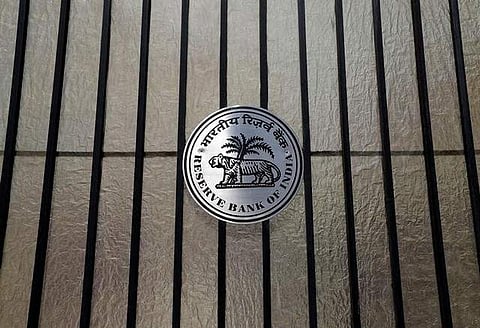

NEW DELHI: The Government’s initiatives to push affordable housing for the common man have led to a rise in non-performing home loans, particularly in lower slabs. An RBI study said while the number of beneficiaries for loan of up to Rs 10 lakh increased sharply in 2016-17, the number of beneficiaries for higher value loans of above Rs 25 lakh declined marginally.
With the rise in loan disbursements and number of beneficiaries in affordable housing segment, the non-performing home loan ratios of banks increased in 2016-17. Among all slabs, housing loans of up to Rs 2 lakh had the highest defaulters.The Government and RBI are pushing affordable housing as more and more people migrate to urban centres in search of jobs.
Union Budget 2017-18 announced a number of measures to boost affordable housing, including granting infrastructure status to it.Similarly, the RBI took policy measures to promote affordable housing. In July 2014, the RBI defined affordable housing loans as eligible under priority sector lending, as also housing loans to individuals up to Rs 50 lakh for houses of values up to Rs 65 lakh located in Mumbai, New Delhi, Chennai, Kolkata, Bengaluru and Hyderabad and Rs 40 lakh for houses of values up to Rs 50 lakh in other centres.
The RBI allowed the banks to provide home loans of up to 90 per cent for properties that cost up to Rs 30 lakh in October 2015. It also modified risk-weight norms for home loans to make them cheaper — it cut the standard asset provisioning on housing loans to 0.25 per cent from 0.4 per cent in June 7, 2017.
According to the report, even as joint efforts of the Government and the RBI have generated positive outcomes, there are various factors affecting the pace of affordable housing development in India and restricting private sector participation. The report has pointed out issues like lack of suitable low cost land within city limits; lengthy statutory clearance and approval process; shortcomings in development norms, planning and project design; lack of participation of large organised real estate players due to low profit margins; high cost of funds for construction finance making projects unviable; lack of suitable mechanism for maintenance; challenges in beneficiary selection and inadequate capacity of implementing agencies.
The report warns that unless the above challenges are addressed, creating two crore homes may be a distant dream.